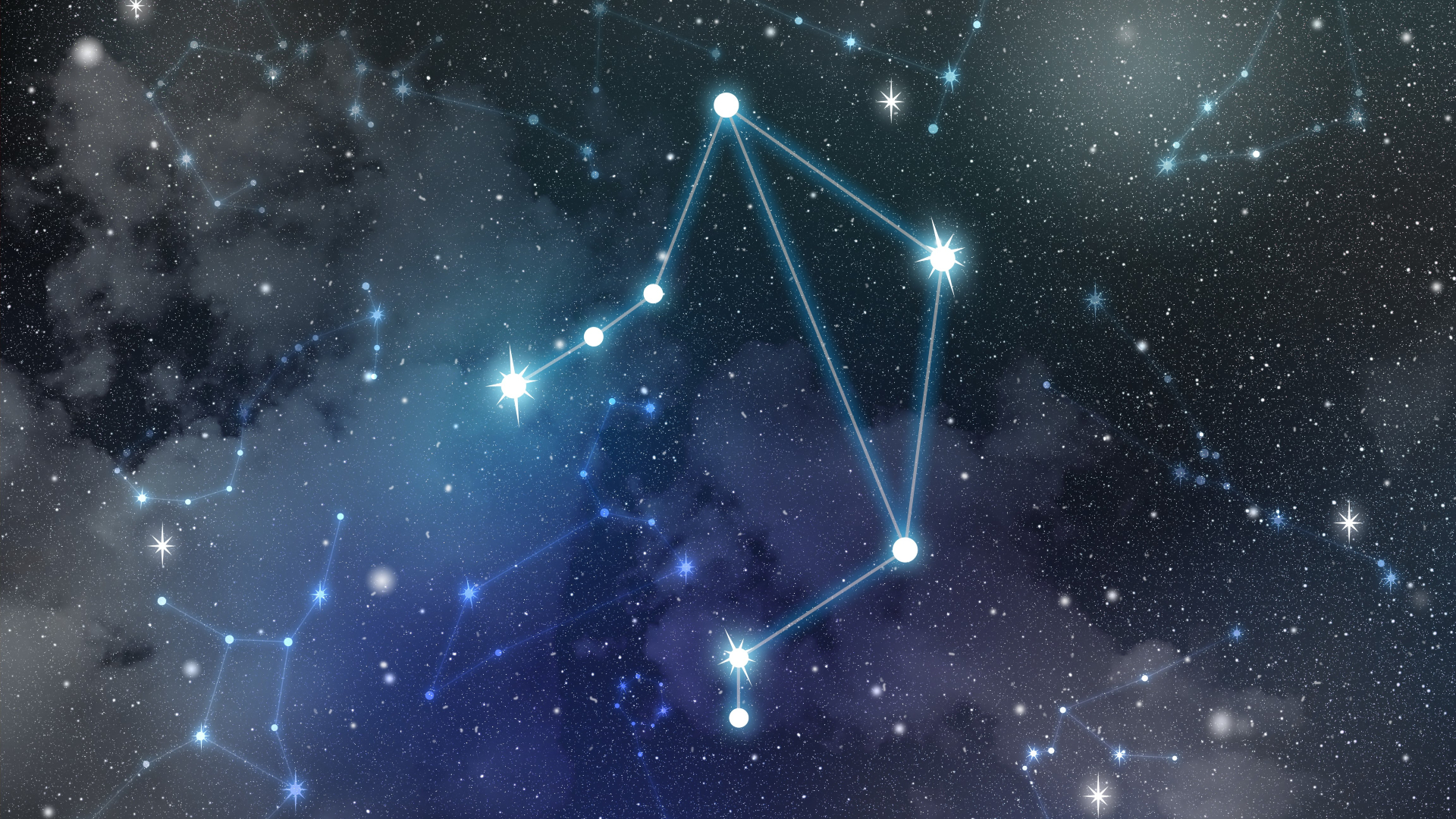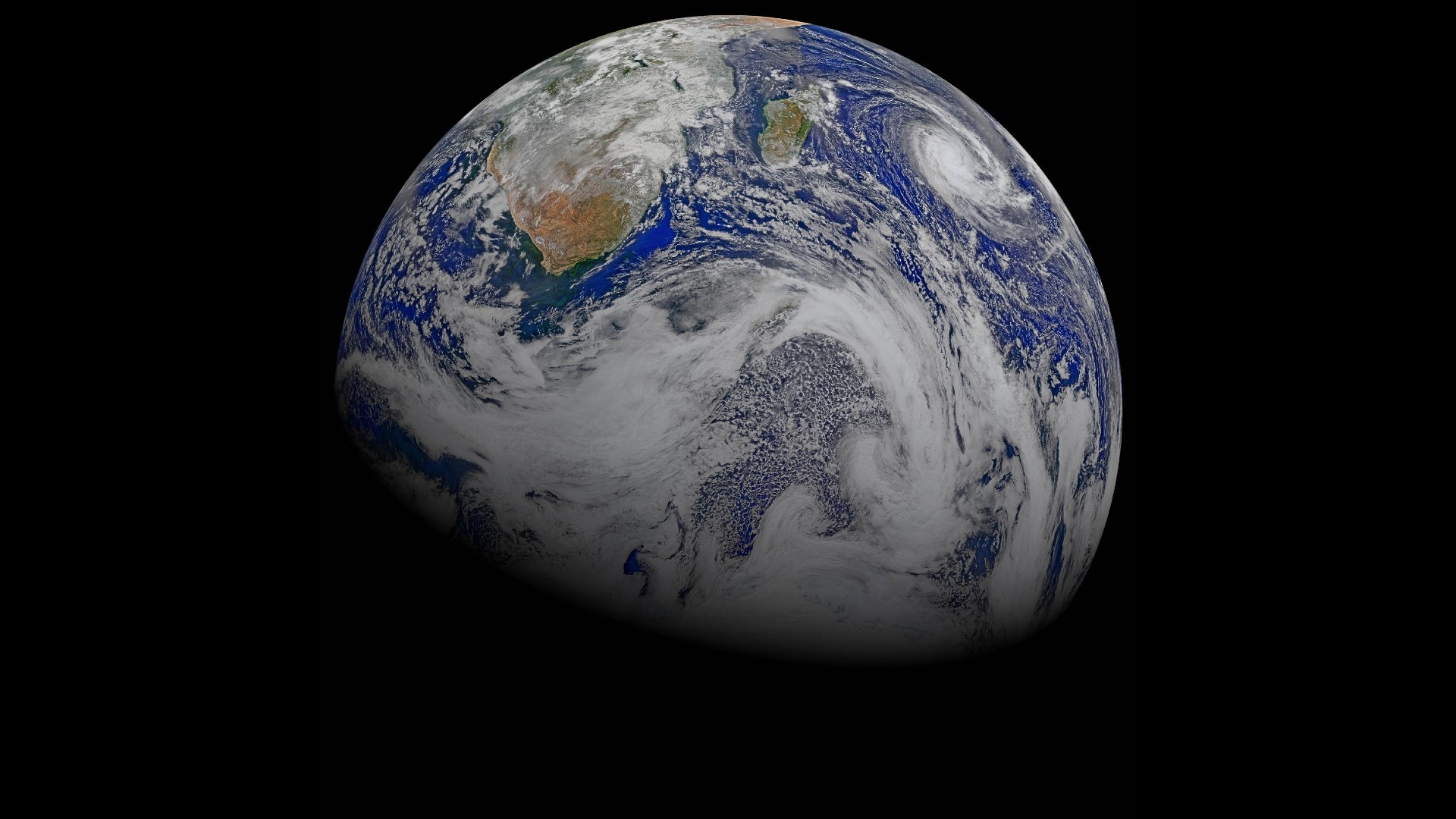Libra Constellation: Facts, location, stars and exoplanets of the scales
Libra has been an object of fascination in the night sky since ancient times and remains a popular target for astronomers.

The constellation of Libra — Latin for the weighing scales — is the only constellation of the Zodiac to be named after an inanimate object rather than a character or an animal. Libra is located in the southern sky and has been a strong influence in mythology, astrology, and hard science.
For our ancestors, the constellation was long associated with harmony, balance, and even justice. Now in the modern era of science, it represents one of the most enticing targets for astronomers and plays host to some fascinating cosmic objects.
The constellation's exoplanets could prove to be tantalizing prospects for deeper investigation, with some even possibly hosting liquid water — a key ingredient for life.
Related: What is a 'morning star,' and what is an 'evening star'?
Where is Libra?
The constellation of Libra is located in the Southern Hemisphere during winter and the Northern Hemisphere in summer. It is best seen in the Northern Hemisphere in late spring/early summer with the ideal time to observe Libra being at 9 p.m. during June evenings, according to the astronomy website Planet Guide.
In the southern sky, it can be found at about 15 hours 30 minutes right ascension and 15° south declination according to Britannica.
The constellation is positioned between Scorpius on the east and Virgo on the west. Libra also borders the constellations of Serpens Caput, Hydra, Centaurus, Lupus, and Ophiuchus.
Breaking space news, the latest updates on rocket launches, skywatching events and more!
Until 729 BCE the sun was in autumnal equinox in Libra, at this time precession of the equinoxes shifted the equinox to Virgo. In 2439 the autumnal equinox will shift again, this time moving to the constellation Leo.
Libra stars: Observing targets
The stars of Libra are fairly faint with its brightest star, Zubeneschamali or Beta Librae (β Lib) —a blue dwarf star which is located 160 light-years from Earth — having a magnitude of 2.7. According to Burnham's Celestial Handbook Amateur astronomer Willian Tyler Olcott once said that Zubeneschamali is "… the only naked-eye star that is green in color." Most modern astronomers consider it white or blue.
β Lib, also called Lanx Australis ("the southern scale"), makes up the upper part of the scale linking the two balances, which hang from the triangle at an angle along with two of the constellation's other brightest stars.
These are the second brightest star Alpha Librae (α Lib) which despite its alpha designation, is also called Zubenelgenubi ("southern claw") — a binary star located 77 light-years from Earth — and Gamma Librae (γ Lib), an orange giant of magnitude 3.9, lying around 152 light-years from Earth, according to the astronomy website Constellation Guide. Another star of note in the constellation of Libra is the red giant star Brachium ("arm") or Sigma Librae (σ Lib).
Libra is also the constellation that hosts the bright star cluster NGC 5897 located 40,000 light-years from Earth.
One of the most extraordinary stars we have yet to discover, HD 140283 or Methuselah. Located around 190 light-years from Earth, is found in Libra. This metal-poor subgiant is predominantly made of hydrogen and helium and is therefore clearly old, but when it was first discovered it appeared to be 16 billion years old, older than the age of the universe itself — 13.8 billion years.
Though early estimates of age have been reduced by further study, the star remains an enigma as it is dated at 14.46 billion years with an uncertainty of 800 million years, according to Constellation Guide. While this is more consistent with the age of the universe it is an age that still makes it one of the universe's oldest stars.
Interesting exoplanets in Libra
As well as some fascinating stars, Libra is also home to some remarkable extrasolar planets. Foremost amongst these are the exoplanets that orbit the red dwarf Gliese 581 located 20.5 light-years from Earth.
These include Gliese 581e with a mass around twice that of Earth, Gliese 581c with 5 times the mass of our planet, Gliese 581d with a mass 7 times that of Earth, and Gliese 581b with a mass 16 times that of our world, according to NASA Exoplanet Exploration.
The latter planet is also the furthest out, orbiting its star over a period of 66.8 days. Closest to its parent star is Gliese 581e with a year that lasts just 3.15 days. Both Gliese 581c and Gliese 581d are located in the habitable zone around their star — the region where it is neither too hot nor too cold for liquid water to exist, and could therefore be habitable.
The habitable zone of this system may also possess another world — Gliese 581g — which could be a primary candidate for hosting liquid water, a key element for life. That is if it exists. The planet's existence is currently controversial at best. Also unconfirmed is Gliese 581f, hypothesized to exist at the very edge of the system, far from its host star and as a result far too cold to support life.
Related: Alien landscapes: 15 places on Earth that look exoplanetary
Also located in Libra is the Jupiter-like exoplanet 23 Librae b which has at least twice the mass of the gas giant and could even be 34 times as massive as the solar system's largest world.
The planet orbits a yellow-orange main sequence dwarf star located around 84 light-years from Earth that has a similar mass to the sun. The exoplanet was discovered in 1999 with its mass and orbital period of 258 days better constrained in 2009, according to Constellation Guide.
Also in 2009, astronomers found another smaller Jupiter-like world in the system and designated it 23 Librae. This planet takes 14 years to orbit its star 23 Librae.
Libra in mythology
The ancient Babylonians associated Libra with scales and balance while the stars that comprise Libra were considered by the ancient Greeks to be part of Scorpius, with the shape of the scales once representing the cosmic scorpion's claws as they point downwards.
This association is still represented by the names of some of the objects in the constellation, for example, the star Zubeneschamali which was once part of Scorpius, whose name is Arabic for "northern claw."
The link between these stars with scales was reintroduced by the Romans in the first century despite the Romans adopting much of Greek tradition. In Roman tradition, Libra was a favored constellation.
The Romans viewed the constellation as the scales of justice being held by the constellation Virgo — which sits next to Libra and represented a goddess to ancient civilizations. This association with justice has been carried over to two of its most visible stars, Zubenelgenubi and Zubeneschamali, which have been said to symbolize divine justice.
The scales of Libra were also associated with balance in the seasons and days and nights of equal length by our ancient ancestors.
For fans of astrology, now a very separate non-scientific entity distinguished from astronomy, Libra is the seventh sign of the Zodiac the birth sign of people born between September 23 and October 22.
Additional resources
Want to take a good look at Libra for yourself? Learn the Sky has a YouTube video that shows you how. Explore a spiral galaxy over 150 million light-years away in the constellation of Libra with this captivating Hubble Space Telescope image of NGC 5793. Learn more about constellations and how they were named with this informative article from NASA Science.
Bibliography
Libra Constellation, Constellation Guide.
Libra, Britannica.
McClure. B., Is Zubeneschamali a green star? EarthSky
Crookes. D., Methuselah: The oldest star in the universe, Space.com.
Gliese 581, NASA Exoplanet Exploration.
Gliese 581, Open Exoplanet Catalogue.
23 Librae, SolStation

Robert Lea is a science journalist in the U.K. whose articles have been published in Physics World, New Scientist, Astronomy Magazine, All About Space, Newsweek and ZME Science. He also writes about science communication for Elsevier and the European Journal of Physics. Rob holds a bachelor of science degree in physics and astronomy from the U.K.’s Open University. Follow him on Twitter @sciencef1rst.
- Daisy DobrijevicReference Editor


